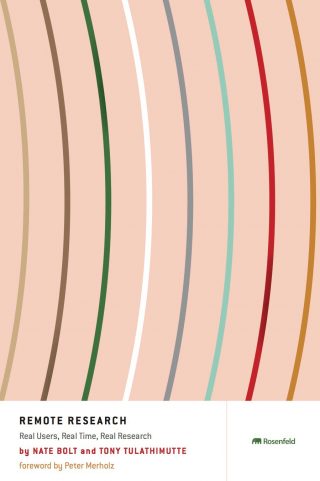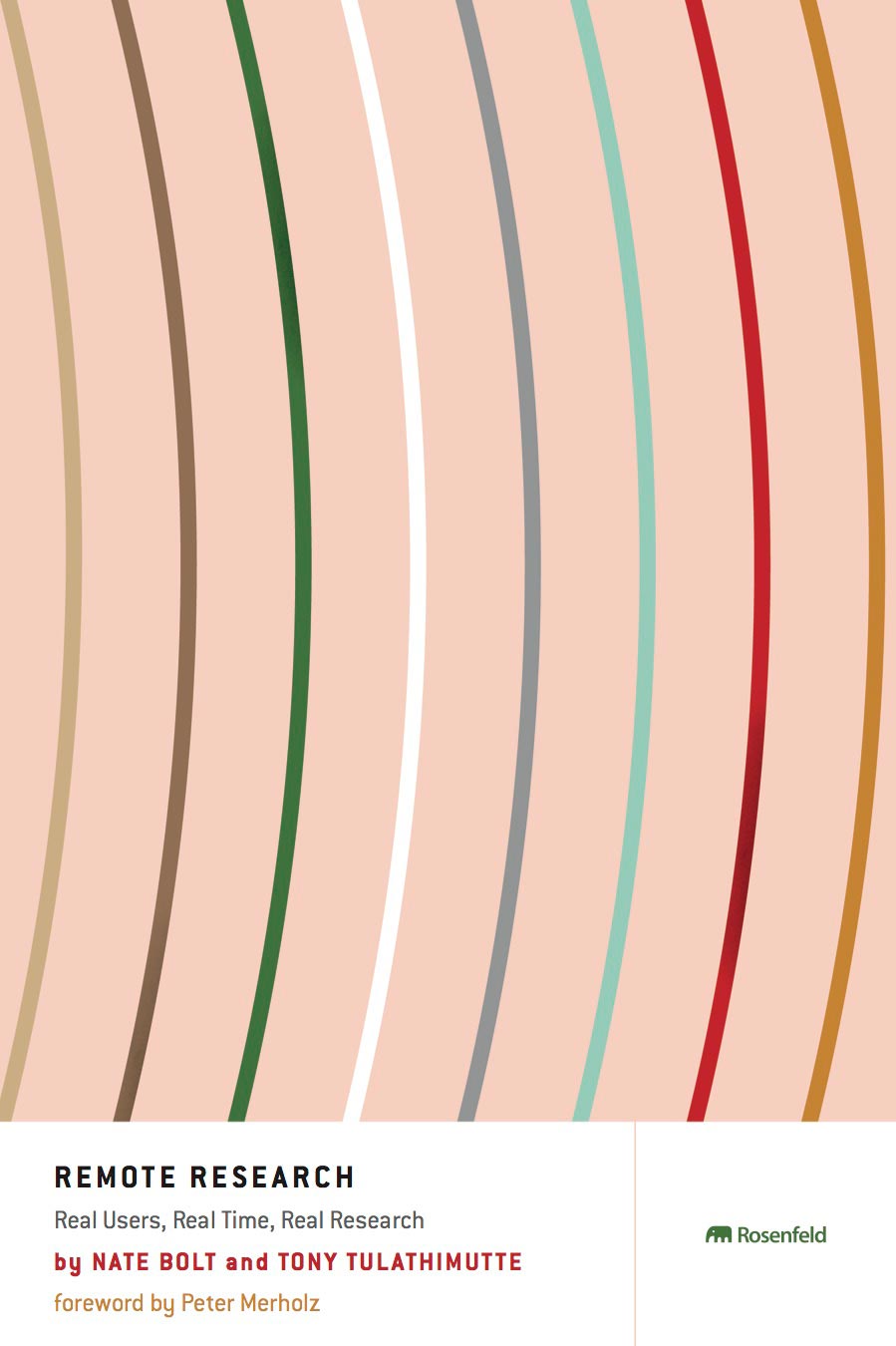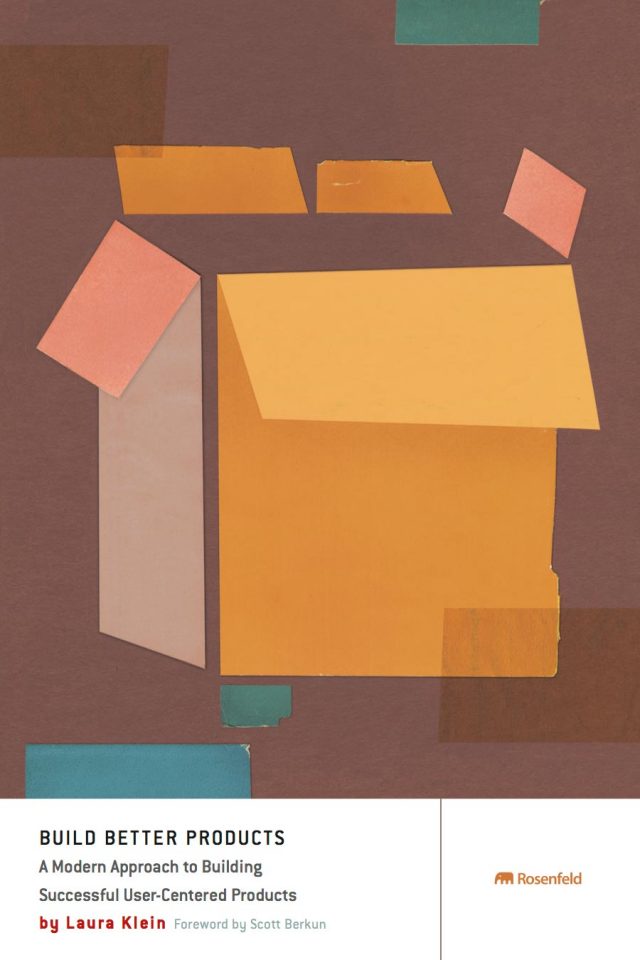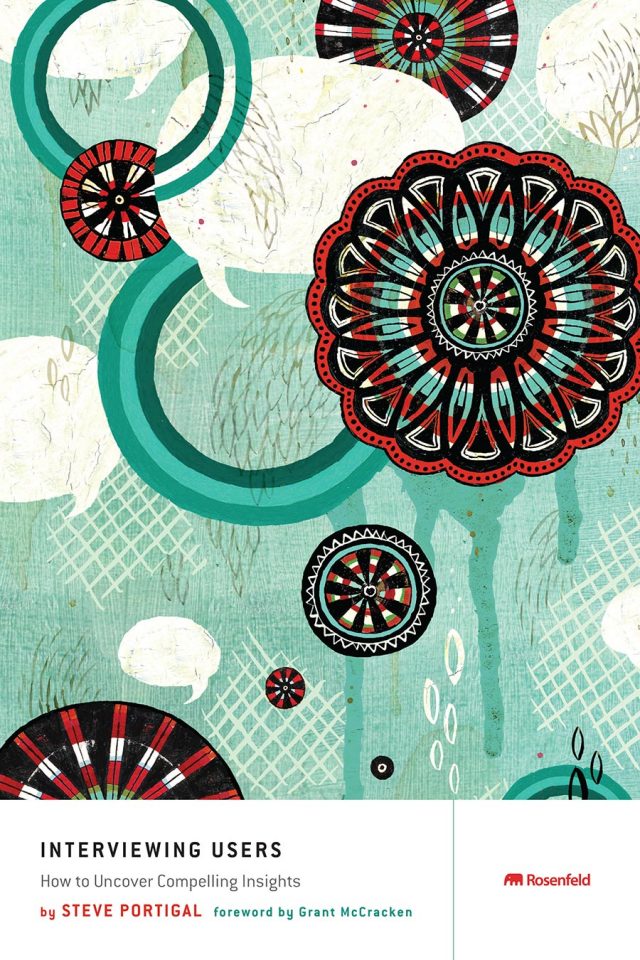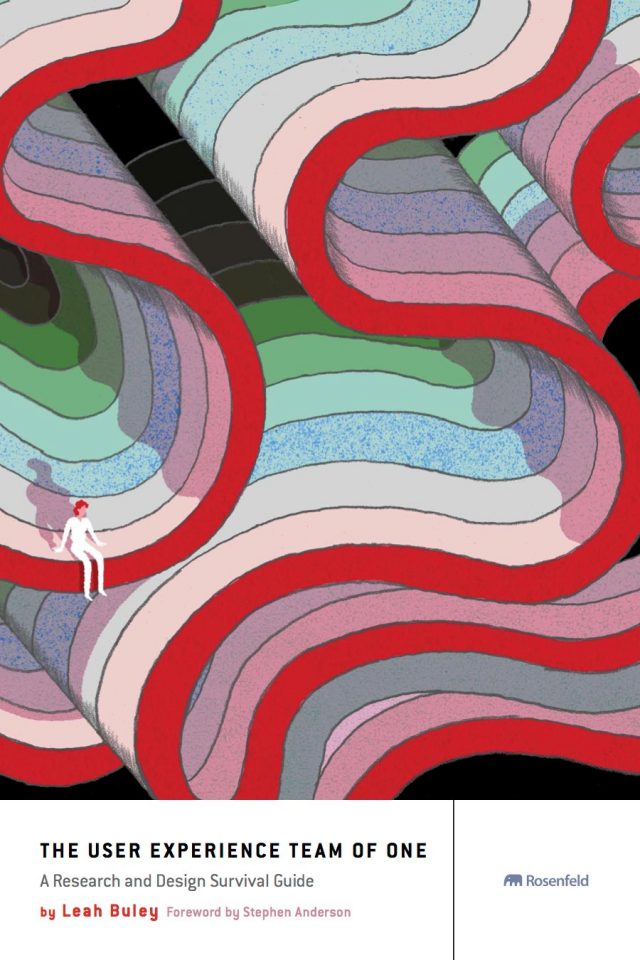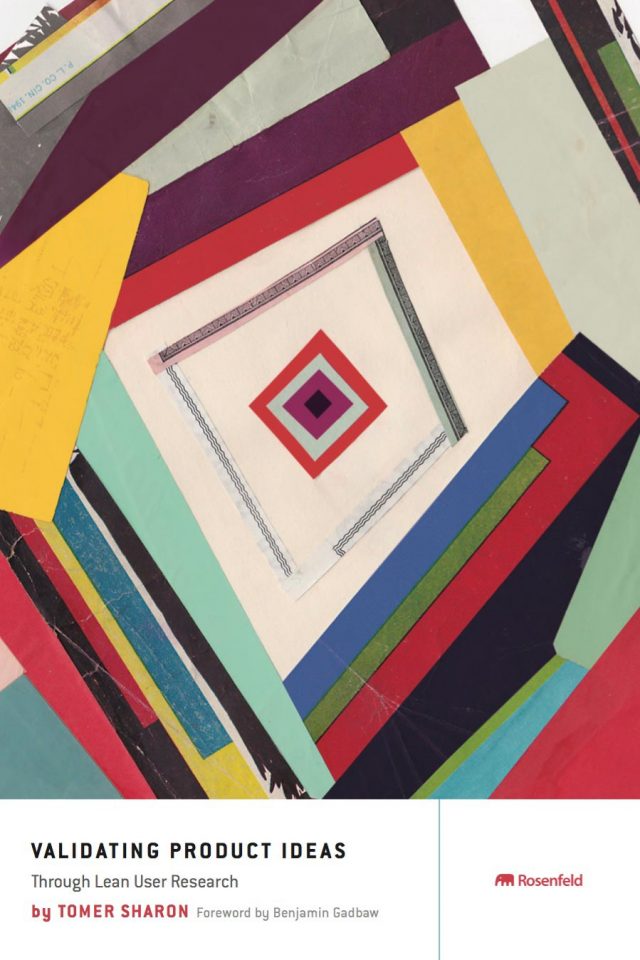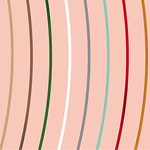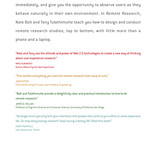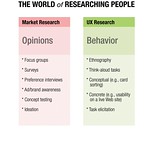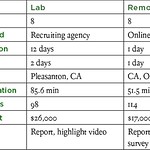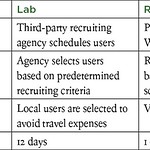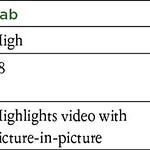You are holding in your hand a portal into the future. The approaches discussed in this book are the first steps toward a user research methodology suited to our technological context. In comparison, lab research will be increasingly seen as an archaic approach to understanding people, akin to phrenology or trepanning.
You see, lab usability engineering was born of a simpler time. Files were stored on floppy disks, and the computer wasn’t connected to a network. People used computers for Calculation (basic math, spreadsheets, etc.), Creation (word processors, graphics programs), and Capture (data entry). Computers would have only one “program” running at a time. And someone could be expected to focus on a single task at hand for many minutes, if not hours on end.
These days, our customers’ technological world is much more complex. The bulk of their time online is spent engaged in Consumption (browsing the Web, listening to music) and Communication (email, instant messaging, Twitter), though they still Calculate, Create, and Capture. They have multiple applications open and multiple windows within those applications. Thousands of files and emails fill their hard drives, and they’re managing multiple devices, including computers, mobile phones, iPods, and digital cameras. Technologies have driven users to a point of extreme distraction—recent research has shown that workers are interrupted an average of every 11 minutes.
Although the world has changed, the methods of standard usability practice are essentially the same as were practiced in the early 1990s. We recruit participants who satisfy demographic requirements, invite them into a fluorescent-lit lab with an imposing mirror along one wall, ask them to use a computer they’ve never seen before, have them engage in a set of scripted tasks, and “think aloud” while doing so. These participants won’t have an IM window pop open unannounced, nor be able to click on the bookmark bar to see their Facebook page, nor be able to pull up the notes they saved in a draft in their email. When everything about the observation environment is so unnatural, how can we expect our findings to provide legitimate insights?
This is where the genius of Nate Bolt and his crew come in. Since I’ve known them, they’ve experimented with technologies in an effort to capture the most authentic user research data. Whether it was the pioneering screen sharing and recording tool Ethnio (which fundamentally changed how I considered usability), or real-time uploading of video captured in a drive-along study for Volkswagen, their mission is to deliver the unvarnished truth.
Now, it’s easy to get caught up in the tools. While remote research is enabled by nifty technologies, which should be of secondary interest at best, I know that for Nate and Tony, this research approach is about mindset. When you simply desire to understand people in the most direct ways, you come up with clever means of doing so. And sometimes, you can’t go “remote.” When I first met Nate, he crowed about how they kitted out a usability lab with hidden microphones and cameras so that the participant would be as comfortable as possible. Or when researching the use of multiplayer video games, he recreated a cozy living room set up in his office, with snacks and lounge chairs, to make gamers feel at home.
And that’s how this book is a time machine. Only the Flying Spaghetti Monster knows what the future will bring. The only thing that’s certain is that it’s going to keep changing. To prepare for that future, you need the mindset represented in this book, in order to figure out which approaches will provide the best user research data given your circumstances. Like Bolt | Peters, don’t settle for standard practices; instead, play with new ideas that will deliver fresh insights.
—Peter Merholz
